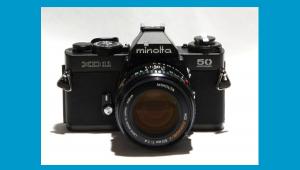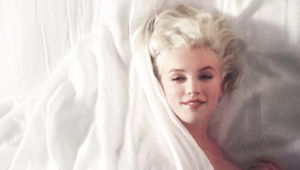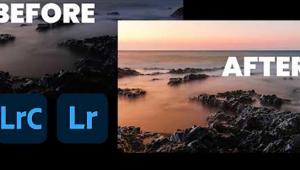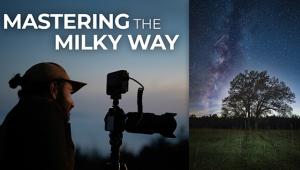Love these a lot.
Viewing These Amazing Early Color Photos by Albert Kahn Is Like Stepping Into a Time Machine

Albert Kahn was a wealthy, turn of the century French philanthropist with an ambitious project like no other: He decided to commission a photographic “Archive of the Planet” that would catalog the peoples and sights of the world.
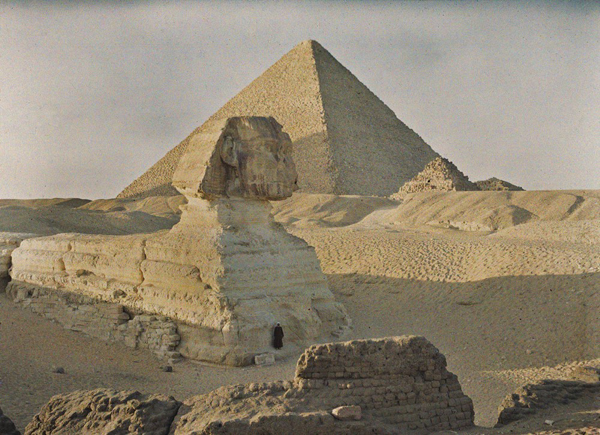
What’s interesting about the images you see here, apart from the people and locations they depict, is the fact that they represent some of the finest early color photos in existence.

The photographs were created using the Autochrome process patented in 1903 by the Lumiere brothers in France and first marketed in 1907. The technique involved glass plates that were coated on one side with microscopic grains of potato starch that were dyed red-orange, green, and blue violet—with lampblack (a carbon pigment made from soot) filling the spaces between grains.

The “additive” Autochrome process remained in use until “subtractive” color film replaced it in the 1930s.
Kahn’s team of photographers captured over 70,000 images in 50 countries across the globe between 1909 and 1933, including remote locations like Egypt, Vietnam and Mongolia.

Unfortunately, Kahn’s fantastical project came to an end when he lost his fortune in the Great Depression. You can view these and other of Kahn’s images in high resolution on the Timeline website. And the next time you're in Paris, be sure to visit the Musee Albert-Kahn where the photographs are housed.
- Log in or register to post comments



